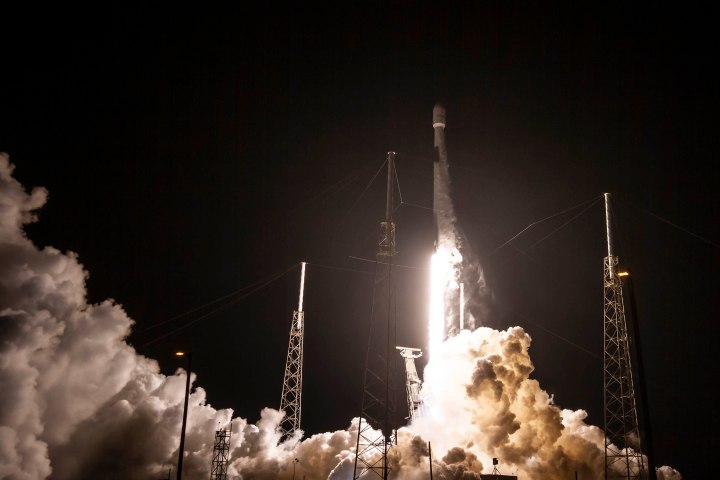
SpaceX launched a Sirius XM satellite into orbit early this morning, Sunday, June 6, marking the company’s 125th successful mission. The launch used a Falcon 9 rocket and took place from Space Launch Complex 40 at Cape Canaveral Space Force Station in Florida, with liftoff occurring just after midnight at 12:26 a.m. ET (9:26 a.m. PT) on Saturday, June 5.
The mission, named SXM-8, deployed the satellite into orbit around 30 minutes after liftoff. The satellite will be used for Sirius XM’s satellite radio broadcasts and is similar to another Sirius XM satellite which was launched by SpaceX last year in its SXM-7 mission. That satellite was launched successfully but later malfunctioned while in orbit.
The booster used by the Falcon 9 rocket for this launch was taking its third trip into the atmosphere, having previously been flown on two significant missions: SpaceX’s Crew-1 and Crew-2 missions. These were the first operational flights of the Crew Dragon capsule, which carried astronauts from Earth to the International Space Station — effectively bringing crewed astronaut launches back to American soil for the first time since the shuttering of the Space Shuttle program in 2011.
SpaceX catches and reuses its boosters on multiple missions, and for this launch, the company did the same. It also shared this clip on Twitter of the first stage booster landing on the droneship Just Read the Instructions, stationed in the Atlantic Ocean:
Falcon 9’s first stage booster has landed on the Just Read the Instructions droneship pic.twitter.com/gwz6GIdhns
— SpaceX (@SpaceX) June 6, 2021
Just as the booster comes down to land, the footage gets shaky, which is typical if you’ve watched a lot of SpaceX booster landings. The reason that the livestream gets choppy or cuts out right when the booster lands is to do with the signals used to transmit and receive the video data. The camera on board the droneship is beaming the video data to a satellite, which sends it on to the SpaceX broadcast. But when the booster comes close enough to land, it shakes the ship so much that the signal lock with the satellite is interrupted or lost, and that’s why the feed can be shaky.
For a different view of a booster landing, you can check out this footage of a booster landing on solid ground instead of the ocean, captured last year.
Editors' Recommendations
- Watch SpaceX’s Crew Dragon take one of its shortest journeys on Thursday
- SpaceX’s Falcon 9 rocket just completed a milestone mission
- SpaceX all set for a record-breaking rocket launch on Friday
- SpaceX shares stunning night shot of its Super Heavy booster
- Watch SpaceX fire Starship’s Raptor engines ahead of 4th test flight



